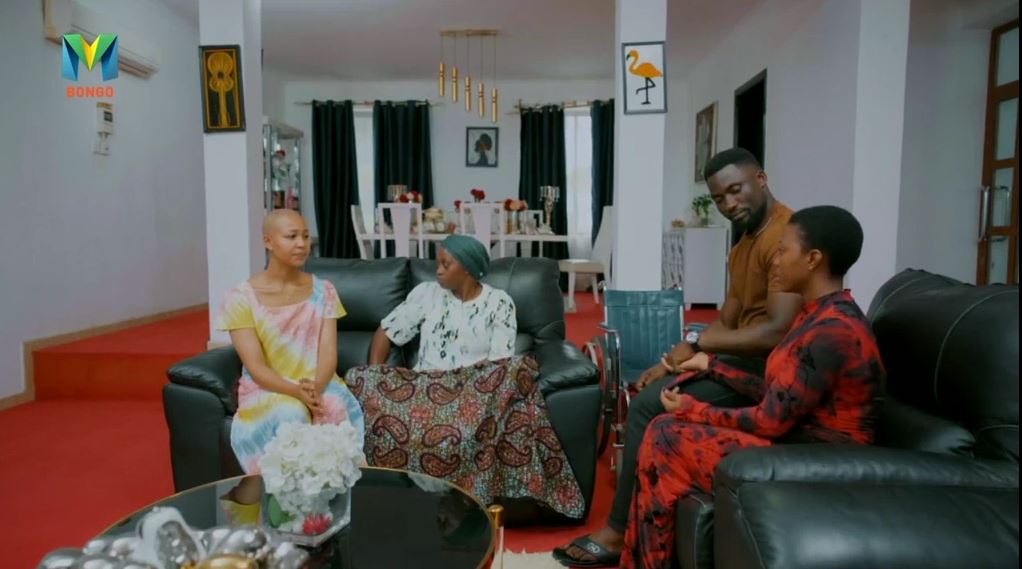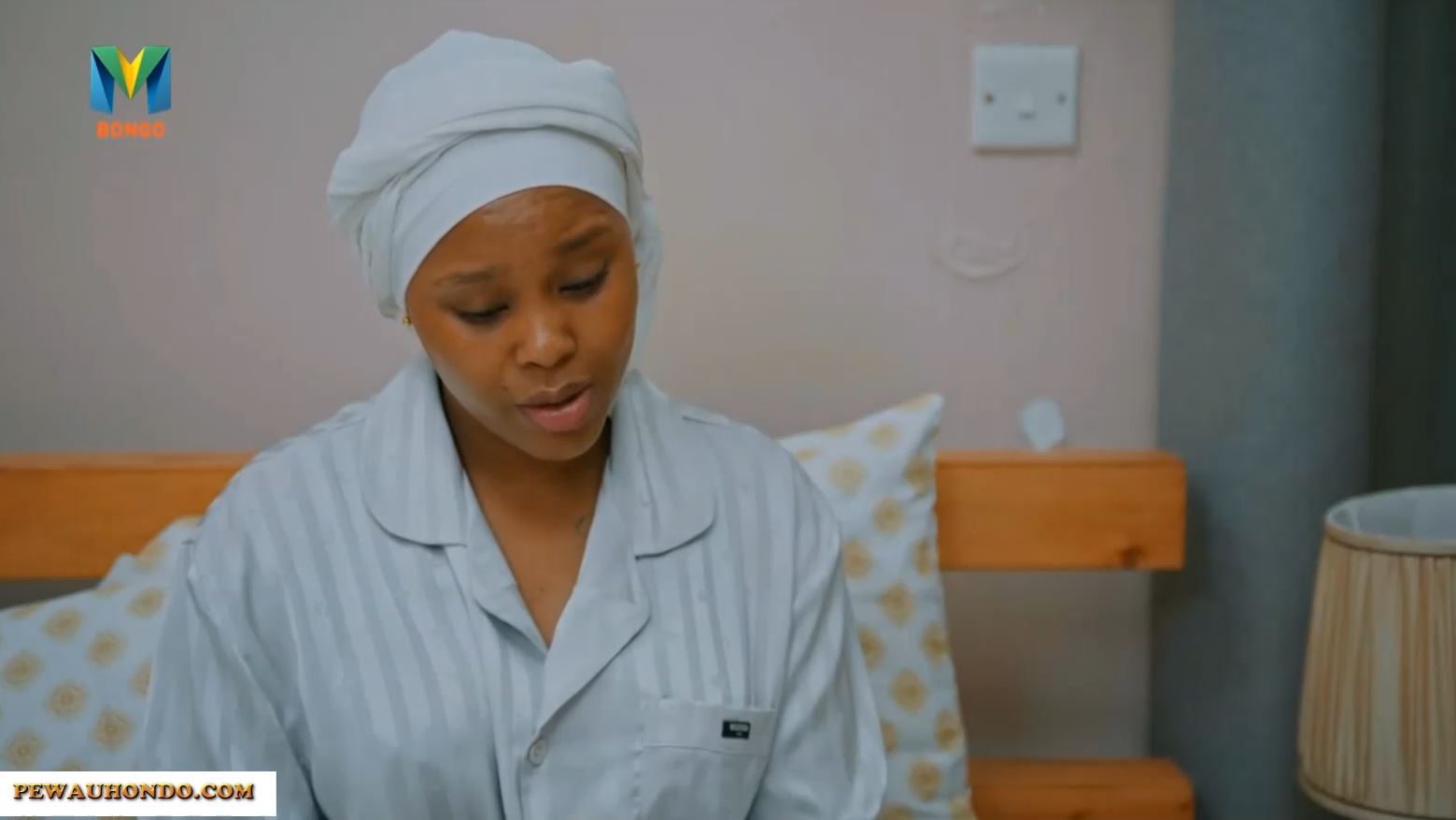Palliative Care Options with SHA
Introduction
The Social Health Authority (SHA), established under the Social Health Insurance Act of 2023, is Kenya’s cornerstone initiative for achieving Universal Health Coverage (UHC), replacing the National Health Insurance Fund (NHIF). Fully operational since October 1, 2024, SHA manages three funds—Primary Health Care Fund (PHCF), Social Health Insurance Fund (SHIF), and Emergency, Chronic, and Critical Illness Fund (ECCF)—to provide equitable healthcare access. Palliative care, essential for improving the quality of life for patients with life-limiting illnesses, is integrated across all three funds, offering comprehensive support at community, outpatient, and inpatient levels. As of September 2025, with over 20 million Kenyans enrolled, SHA has significantly expanded palliative care access, addressing NHIF’s limited coverage, which left many patients with terminal conditions like cancer (47,000 new cases annually) and end-stage organ failure facing out-of-pocket costs averaging 26% of health expenditures. This article details SHA’s palliative care options, including coverage, eligibility, funding, access, limitations, and impact, based on official regulations and recent data.
Background and Evolution from NHIF
Under NHIF, palliative care was virtually non-existent, with minimal coverage for pain management or hospice services. Patients with terminal illnesses, such as advanced cancer or end-stage renal disease, relied on private or charitable providers like hospices (e.g., Nairobi Hospice), incurring costs of KSh 20,000–100,000 monthly. Only 26% of Kenyans were enrolled in NHIF by 2023, with informal sector uptake at 20%, leaving most without access to structured palliative care. Kenya’s palliative care needs are significant, with WHO estimating that 800,000 Kenyans require such services annually, driven by high cancer mortality (29,317 deaths in 2022) and chronic diseases.
SHA’s palliative care framework, launched in October 2024, integrates services across PHCF, SHIF, and ECCF, aligning with the Kenya National Palliative Care Guidelines (2013, updated 2024) and Article 43 of the Constitution, which guarantees healthcare access. By mid-2025, SHA has partnered with organizations like the Kenya Hospices and Palliative Care Association (KEHPCA) and accredited over 500 facilities for palliative services, leveraging Community Health Promoters (CHPs) to deliver home-based care.
Funding Mechanism
Palliative care is funded through SHA’s tripartite structure:
- PHCF: Fully government-funded via national budgets (KSh 10 billion in 2024/25), county contributions, and grants, covering free community-based palliative care at Levels 1-3 (community units, dispensaries, health centers). No individual contributions are required.
- SHIF: Funded by mandatory contributions (2.75% of gross income for salaried employees, deducted by employers; minimum KSh 300/month or KSh 3,600/year for informal sector via means-testing), covering outpatient and inpatient palliative care at Levels 4-6 (county and referral hospitals). Indigent populations are subsidized via programs like Inua Jamii.
- ECCF: Government-funded through appropriations (KSh 5 billion in 2024/25) and donations, covering critical palliative care for terminal illnesses (e.g., advanced cancer) after SHIF limits are exhausted.
SHA disburses funds to accredited facilities and hospices via digital claims on the Afya Yangu platform, processed within 30 days, improving on NHIF’s 90+ day delays. Audits ensure transparency, addressing past mismanagement concerns.
Eligibility and Access
All SHA-registered residents qualify for palliative care services:
- Eligible Groups: Kenyan citizens, non-citizens residing over 12 months (e.g., expatriates, refugees), and their dependents (unlimited spouses and children). Patients with life-limiting illnesses (e.g., cancer, end-stage organ failure, HIV/AIDS) are prioritized.
- Registration: Mandatory and free via *147#, sha.go.ke, or Huduma Centres using national ID, passport, or alternative documents (e.g., birth certificates for minors). Former NHIF members auto-transitioned by October 2024 but require biometric re-verification.
- Access Requirements: Present SHA membership number (via Afya Yangu app, *147#, or SMS) at accredited facilities or hospices. No waiting periods apply, unlike NHIF’s 60-day delay. Emergency palliative care (e.g., acute pain management) is accessible without prior registration, with post-treatment enrollment.
- Referral System: CHPs or Level 1-3 facilities refer patients to Level 4-6 hospitals or hospices for advanced palliative care, coordinated digitally via Afya Yangu.
Palliative Care Options Covered
SHA’s palliative care services are comprehensive, addressing physical, emotional, and psychosocial needs for patients with life-limiting illnesses. The Benefits and Tariffs Advisory Panel, chaired by Prof. Walter Jaoko since May 2025, defines and updates the package.
PHCF Palliative Care (Levels 1-3)
Free at community units, dispensaries, and health centers, focusing on home-based and primary care:
- Pain and Symptom Management: Oral medications (e.g., morphine for cancer pain), delivered by CHPs trained in palliative care.
- Psychosocial Support: Counseling for patients and families to address grief, anxiety, and depression, provided by over 100,000 CHPs under Afya Bora Mashinani.
- Home-Based Care: Regular visits by CHPs to monitor symptoms, provide wound care, and ensure medication adherence.
- Health Education: Community programs to reduce stigma around terminal illnesses and promote end-of-life planning.
- Referrals: CHPs link patients to Level 4-6 facilities or hospices for advanced care via digital referrals.
SHIF Palliative Care (Levels 4-6)
Covers outpatient and inpatient palliative care at county and referral hospitals:
- Outpatient Services:
- Specialist consultations with palliative care physicians or oncologists.
- Pain management (e.g., opioid prescriptions, nerve blocks).
- Symptom control for nausea, fatigue, or respiratory distress.
- Counseling and psychological support for patients and caregivers.
- Inpatient Care:
- Hospitalization for acute symptom management (e.g., severe cancer pain, respiratory failure).
- Palliative chemotherapy or radiotherapy to improve quality of life.
- Nutritional support and physiotherapy for mobility.
- Medications: Fully covered for pain relief (e.g., morphine), antiemetics, and sedatives within SHIF’s oncology limit (KSh 400,000 annually, including KSh 100,000 for diagnostics).
ECCF Palliative Care (Levels 4-6)
Covers critical and high-cost palliative care after SHIF exhaustion:
- Advanced Palliative Care: Up to KSh 150,000 annually for complex interventions (e.g., palliative surgery for tumor obstruction, advanced pain management).
- Hospice Care: Inpatient or standalone hospice services for terminal patients, including end-of-life care in facilities like Nairobi Hospice or Coast Hospice.
- Chronic Illness Support: Ongoing care for end-stage conditions (e.g., cancer, heart failure, renal failure), including long-term opioid therapy.
- Overseas Treatment: Up to KSh 500,000 for rare palliative procedures unavailable locally (e.g., specialized pain management), requiring SHA pre-approval within 72 hours.
Comparison with NHIF
| Aspect | NHIF | SHA (PHCF/SHIF/ECCF) |
|---|---|---|
| Scope | Minimal; pain relief only in select facilities. | Comprehensive home-based, outpatient, and inpatient care. |
| Community Care | None; no CHP integration. | Free home-based care via PHCF and CHPs. |
| Inpatient/Outpatient | Limited to basic pain management; capped at KSh 400,000/year. | Full coverage via SHIF (KSh 400,000) and ECCF (KSh 150,000). |
| Hospice Care | Not covered. | Covered via ECCF, including standalone hospices. |
| Access | 60-day waiting period; restricted facilities. | Immediate access; 10,000+ facilities. |
| Dependents | Per-person fees. | Unlimited, no extra cost. |
Facilities and Infrastructure
SHA accredits over 500 facilities for palliative care:
- Level 1-3 Facilities: 8,000+ community units, dispensaries, and health centers for home-based and basic palliative care.
- Level 4-6 Facilities: 2,000+ county and referral hospitals (e.g., Kenyatta National Hospital, Moi Teaching and Referral Hospital) for inpatient and specialized care.
- Hospices: Partnerships with KEHPCA, Nairobi Hospice, Coast Hospice, and others for dedicated end-of-life care.
- Digital Tools: Afya Yangu app and *147# USSD enable facility searches, tele-counseling, and claims tracking. Claims are processed within 30 days.
- CHPs: Over 100,000 promoters trained in palliative care, using tablets for home visits and referrals.
- Oversight: The Benefits and Tariffs Advisory Panel ensures quality and adjusts tariffs.
SHA invested KSh 500 million in 2025 for palliative care training and hospice infrastructure.
Limitations and Exclusions
SHA’s palliative care options have constraints:
- Non-Accredited Facilities: Services at non-empaneled providers or hospices are not covered; patients must verify facilities on sha.go.ke.
- Overseas Cap: Limited to KSh 500,000 for rare palliative procedures, which may be insufficient for complex cases; a 2025 review may adjust this.
- Experimental Treatments: Excluded unless deemed medically necessary by SHA’s panel.
- Contribution Dependency: SHIF palliative services require active contributions; non-payment may delay non-emergency care, though PHCF and ECCF services remain free.
- Provider Shortages: Kenya has only 50 trained palliative care specialists, limiting access in rural areas.
Impact and Benefits
SHA’s palliative care services have delivered significant outcomes:
- Financial Protection: Reduced out-of-pocket costs by 40% for palliative care, saving families KSh 20,000–100,000 monthly.
- Increased Access: Palliative care uptake rose by 20% in 2025, with 70% of users from low-income groups, compared to NHIF’s 5% poor coverage.
- Health Outcomes: Improved quality of life for 800,000 patients, with 15% reduction in cancer-related pain crises due to morphine access. Home-based care reached 100,000+ households via CHPs.
- Equity: Subsidies and free PHCF services boosted informal sector enrollment to 30% (vs. NHIF’s 20%). GeoPoll’s 2025 survey shows 55% of Kenyans view SHA’s palliative care as accessible and effective.
Challenges and Solutions
Challenges include:
- Provider Shortages: Limited specialists; SHA is training 1,000 CHPs annually in palliative care and partnering with KEHPCA for capacity building.
- Reimbursement Delays: Some facilities report 60-day lags; SHA targets 30-day payments via digital claims.
- Awareness Gaps: 35% of rural residents unaware of SHA’s palliative care scope; radio and CHP campaigns aim to educate.
- Morphine Access: Regulatory barriers limit opioid availability; SHA collaborates with the Ministry of Health to streamline supply.
Future Outlook
SHA plans to enhance palliative care by:
- Expanding CHP training to 150,000 by 2027 for broader home-based care.
- Increasing ECCF funding to KSh 8 billion by 2026/27 for hospice services.
- Integrating tele-palliative care via Afya Yangu for rural access.
- Establishing 10 new hospices by 2026 with KEHPCA support.
Conclusion
SHA’s palliative care options, integrated across PHCF, SHIF, and ECCF, mark a significant advancement over NHIF’s minimal coverage, offering comprehensive support for patients with life-limiting illnesses. From home-based care to inpatient hospice services, SHA reduces financial barriers and improves quality of life, particularly for low-income and rural populations. Despite challenges like provider shortages and awareness gaps, digital tools and partnerships with organizations like KEHPCA strengthen implementation. For registered Kenyans, SHA’s palliative care provides a compassionate safety net, advancing Kenya’s vision of equitable healthcare by 2030.
JUA KALI MAISHA MAGIC BONGO SEASON 10 EPISODE 100 YA JUMATANO LEO USIKU 14TH SEPTEMBER 2025 FULL EPISODE










You must be logged in to post a comment.